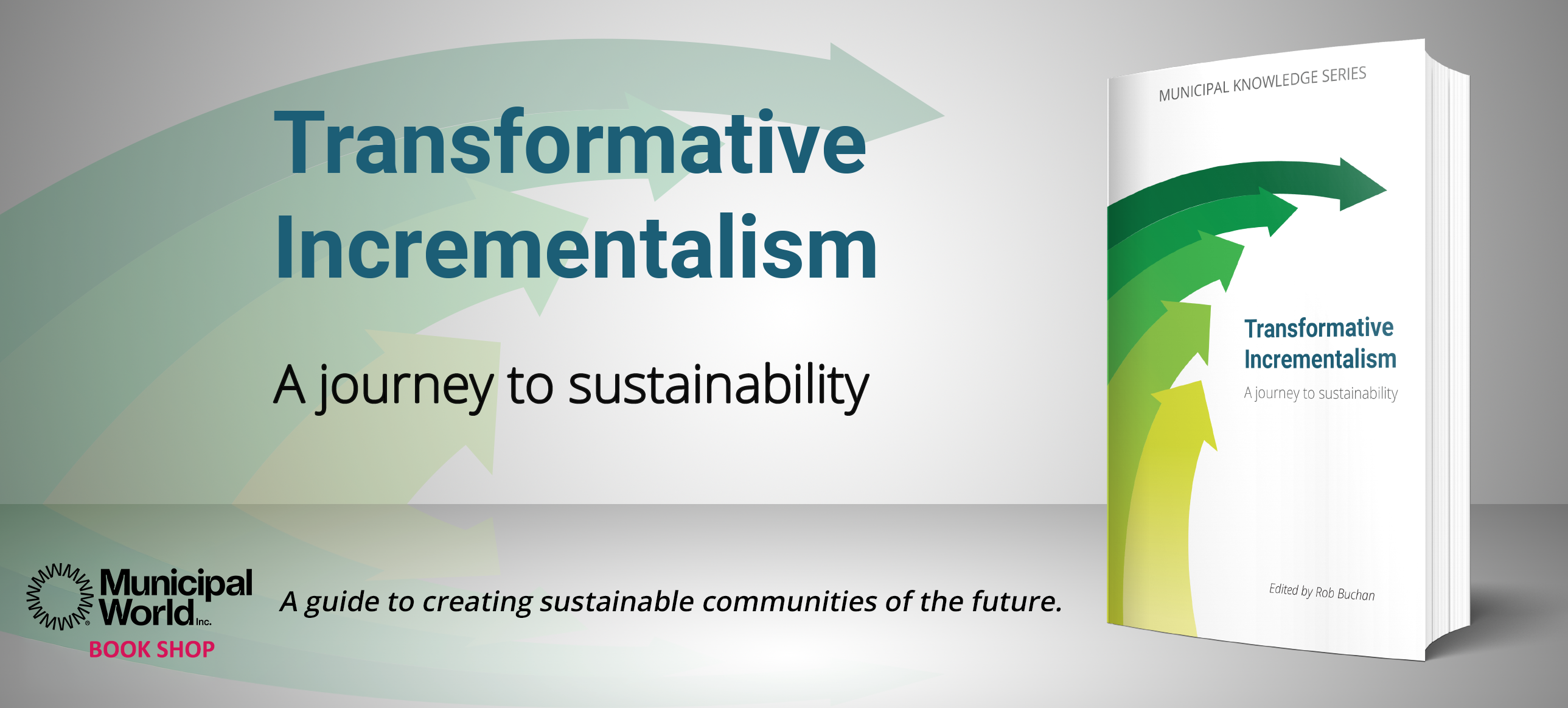Three simple tools for building consensus

You’ve been to those dreadful meetings, the ones where the debate polarizes and neighbours start acting like enemies. The microphone becomes a weapon. Names are flung across the room. Ground-rules are discarded. Good people storm out of the room, turning their backs on each other. And the facilitators are left to sweep up the pieces of a shattered attempt to bring people together.
If only there were a way to help people stay focused on working together. If only the consciousness of our citizenry could be raised above the lowest common denominator. Perhaps then, positions of leadership would feel more like a privilege, and less like a burden.
Facilitation: The key to collaborative discussion
The key is in the facilitation. Success in fostering truly collaborative discussion and avoiding antagonistic debate depends on three simple process tools. While these process tools, described below, can make a world of difference, they are rarely employed – even by professional facilitators.
1. Identify Stakeholder Concerns
Mediators know that the best way to help parties break through an impasse is to get them to stop arguing about their favourite solutions and start identifying the underlying concerns they want their solutions to address. Thus, a collaborative discussion should never start with people declaring their proposed solutions. This only leads to win-lose debates about whose solution is better. Instead, collaborative dialogue begins with identifying the concerns of all stakeholders affected by a particular issue. Only when all these needs and concerns are expressed and understood can meaningful solution-building begin.
2. Inspire a “Collaborative Consciousness”
Once all the stakeholder concerns are identified, the facilitator must frame the discussion. In public settings, people often seek to impress each other with their creativity or intelligence. If the task is adversarial debate, then all the intelligence of the participants goes into strategically defeating the opposition. If the task is building solutions that meet all the identified concerns, then each person’s desire to impress and contribute is channelled toward collaboration. This challenge to participate collaboratively is a real show of community leadership. A facilitator who presents this challenge fosters a cooperative discussion process.
3. Take Turns Considering Competing Ideas
The third key to fostering collaboration is the lesson we were supposed to learn in kindergarten. It’s about taking turns. Facilitators can structure discussions to focus on one solution idea at a time. The group can be challenged to collaboratively develop each idea into the best solution it can become. All participants are asked to contribute to improving, rather than criticizing, the proposal under consideration. The criteria for improving any proposal is defined as increasing the degree to which it addresses all of the previously articulated concerns as much as possible. Structuring the discussion this way allows the whole group to cooperate on the same task at all stages of the discussion. This is in contrast to meetings where competing ideas are discussed simultaneously. When multiple solutions are on the table, speakers will alternately support one idea and criticize another. This mix can be confusing, and easily becomes adversarial. It inhibits cooperative development of any of the ideas.
Multiple solutions from collaborative effort
The outcome of a truly collaborative discussion is that participants often realize there are multiple possible solutions to most problems. Solution ideas frequently merge or borrow from each other. The collaborative effort results in each option becoming a product of the whole group, not just a faction or individual. Each participant will have the satisfaction of having contributed. And, at the end of the discussion, the decision makers will have a set of well-developed options from which to choose. MW
✯ Municipal World Insider and Executive Members: You might also be interested in the full version of this article or in Cynthia Goddard’s article: Political acumen & public participation. Note that you can now access the complete collection of past articles (and more) from your membership dashboard.
Tim Hartnett, Ph.D., is a professional facilitator in Santa Cruz, California.
Related resource materials:



